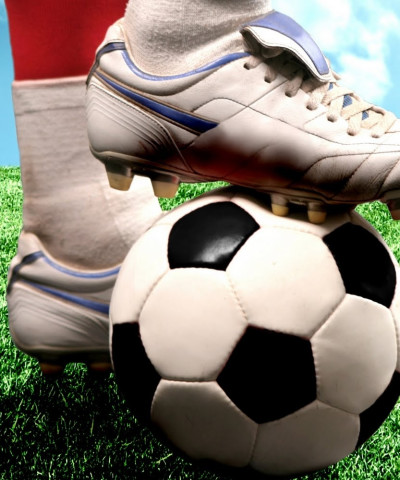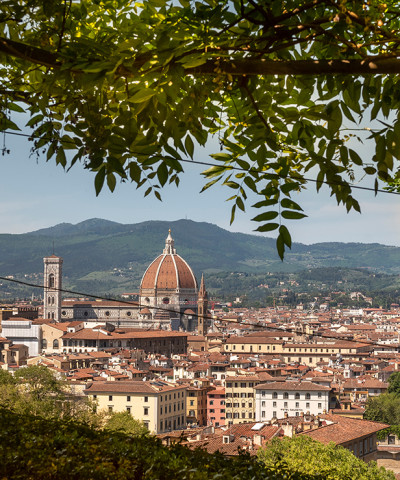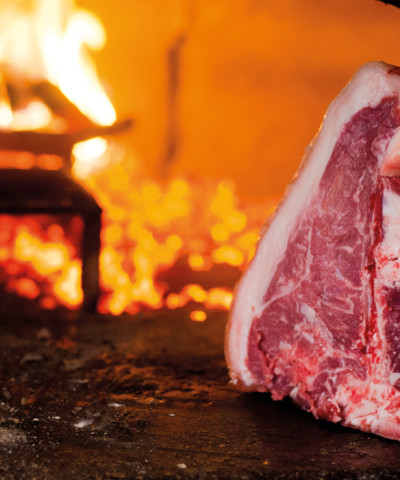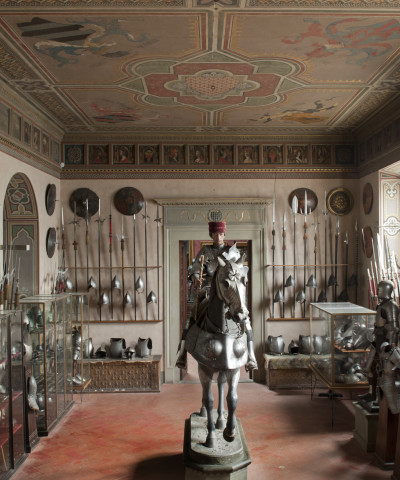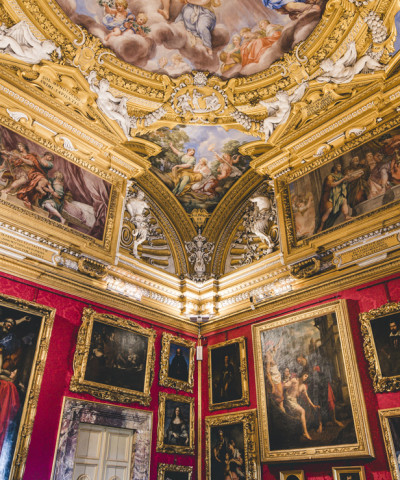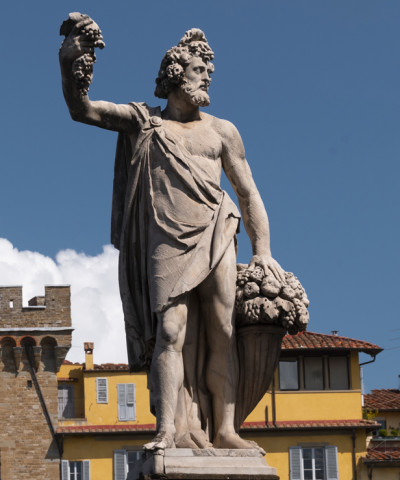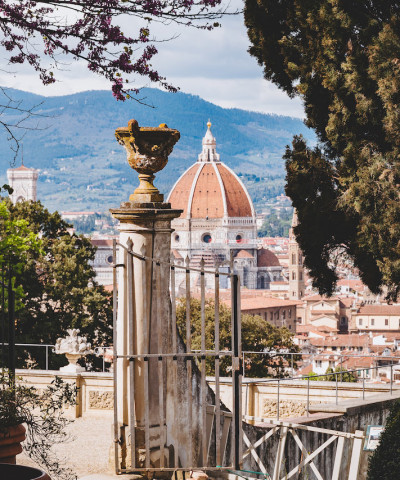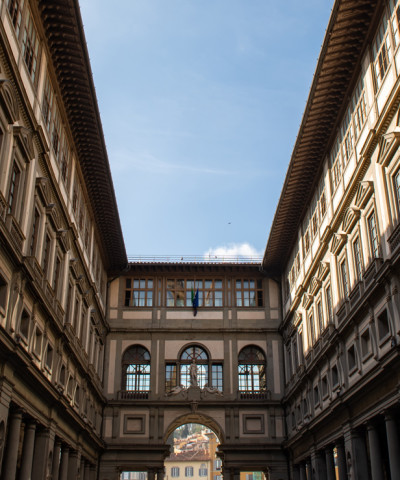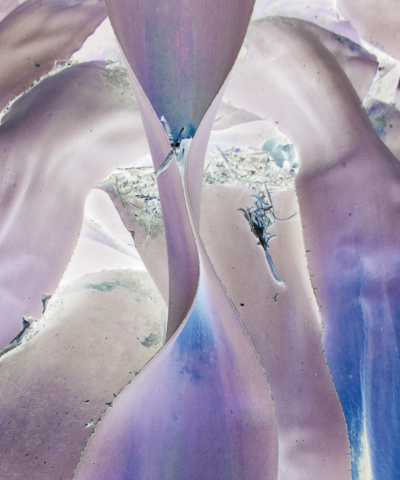Our Leonardo
On the occasion of the anniversary of the Tuscan genius’ death, the story of the early years of his training in Florence
He was born here, and he would always be inspired by these places and have vivid memories of them…We are talking about Leonardo da Vinci, the Tuscan genius known all over the world, but also an inquisitive, passionate personality, a brilliant mind who was able to fully master every field of human knowledge of his time. A difficult yet not impossible task back then: in three months’ time, one could gain full knowledge of physics, astrophysics, mathematics, arts, literature, painting and music. He studied, painted, speculated, experimented. Tuscany served as a backdrop for his first thirty years of life. Those were the years of training, as an apprentice firstl at his grandmother’s pottery factory in Bacchereto and later at Verrocchio’s workshop, the years of his anatomical studies at the Hospital of Santa Maria Nuova and of his first attempts at human flight in Fiesole. We went over these major stages of his life, being fully conscious that every time we see the Mona Lisa’s enigmatic smile in Paris or the beautifully-composed Last Supper in Milan there is a subtle bond, a small sign, a background which will always bring us back to Florence.
VINCI
Leonardo was born in Vinci on April 15, 1452. An illegitimate child, he was, however, recognized by his natural father, Ser Piero, and taken into the paternal household whose head was the grandfather Antonio. His mother Caterina’s origins are uncertain: she was said to be a peasant or a handmaid but, according to more recent theories, she could have been slave of Eastern descent. Actually, Leonardo’s fingerprints suggest that his mother might have been Semitic by birth. The da Vinci family’s home was located, as attested by archive documents, in front of the Town Hall’s Loggia (the current Piazzetta Guazzesi), at the end of a stone paved street which is known today as Via Roma. This is where Leonardo certainly spent his first childhood years, raised by his Uncle Francesco. In those years, he developed a passion for nature and enjoyed hiking in the woods of Vinci in the company of his uncle.
Situated about three kilometers from Vinci, in Anchiano, is the house where Leonardo was born: an old brick building housing a small educational museum. On the occasion of the 400th anniversary of Leonardo’s death (in 1919), the idea of creating a museum, devoted to the genius from Vinci in his birthplace and describing his works, began to take shape. Today, the museum is located in three different buildings- Palazzina Uzielli, Castello dei Conti Guidi and Villa il Ferrale- which showcase machines and models based on the artist’s sketches and handwritten notes, in addition to digital animations and interactive applications. In particular, the Castle, the ancient residence of the Guidi family, displays machines and models which document Leonardo’s interest in warfare, architecture, mechanics and flying. Two sections are devoted to optics and transport on roads and waterways, in particular, river navigation. The Ideal Leonardo Da Vinci Museum is housed in the underground Gallery and in the Old Wine Cellar of the Conti Guidi Castle. It was born out of the collaboration of scholars and artists in 1993, with the support of the Armand Hammer Center for Leonardo Studies of the California University in Los Angeles. It is the first museum aimed at exploring Leonardo’s complex personality in its many aspects and fields of interest.
BACCHERETO
Leonardo’s family, on his paternal grandmother’s side, came from Bacchereto and was traditionally a family of notaries, farmers and potters. It is very likely that Leonardo began his artistic career at the family’s pottery factory in Bacchereto, in the so-called Casa di Toia, which still exists and has been partially converted into a restaurant.
FIRENZE
Around 1469, Ser Piero, Leonardo’s natural father, lived on today’s Borgo dei Greci, near the former Via del Canestruccio and the house of the Amadoris (the family of Albiera, Ser Piero’s first wife). Probably this was Leonardo’s first home in Florence, when he left Vinci and his uncle to rejoin his father, who worked as a notary for the Podestà. In those years, Leonardo was apprenticed to the workshop of Verrocchio. The Verrocchio family owned a house at the corner of Via dell’Agnolo and Via Pentolini sive Malborghetto (today’s Via de’ Macci).
Located nearby was Verrocchio’s workshop where, according to documentary evidence, Leonardo worked at least in 1476. Another pivotal place in Florence during Leonardo’s early youth years was the Hospital of Santa Maria Nuova: that is where he had his bank, he kept his books, manuscripts and drawings, and conducted his anatomical studies. After his first stay in Milan, Leonardo came back to Florence for a long time. He lived on Via degli Spadai, in the home of Piero di Braccio Martelli, where he began working on the Codex Arundel. The former Via degli Spadai is currently named Via Martelli and the home in which Leonardo lived now houses the Liceo Galileo school.
FIESOLE
Fiesole is mentioned in Leonardo’s Codex on the Flight of Birds. In Fiesole, Leonardo purchased two plots of agricultural land and a stone quarry near the Oratory of Sant’Apollinare. The nearby Montececeri is another of Leonardo’s Tuscan places: from the top of this hill, Leonardo made his first attempt at human flight. Legend has it that Zoroastro da Peretola, the illegitimate son of a member of the Rucellai family, a young apprentice of Leonardo in Milan and in Florence, tried to fly from Montececeri, falling headlong.
THE MONA LISA’S LANDSCAPE
Our tour through Leonardo’s Tuscan places must include a stop to admire the Mona Lisa’s landscape, for the background of the woman dressed in black and smiling the world’s most enigmatic smile is the landscape surrounding the age-old Romanesque bridge which can still be seen along the Arno river, near Arezzo. To the left of the Mona Lisa is a stream channeling into a narrow gorge. It is believed to be the Gola of Pratantico, located not far from the bridge, where an affluent flows into the Arno river. There are also some sharp, vertical rocks towering in the background. They could be badlands, sedimentary rocks which have been extensively eroded by water over time. These rocks appear in other paintings by Leonardo.
Itinerary developed in collaboration with Alessandro Vezzosi, director of the Museo Ideale Leonardo da Vinci










